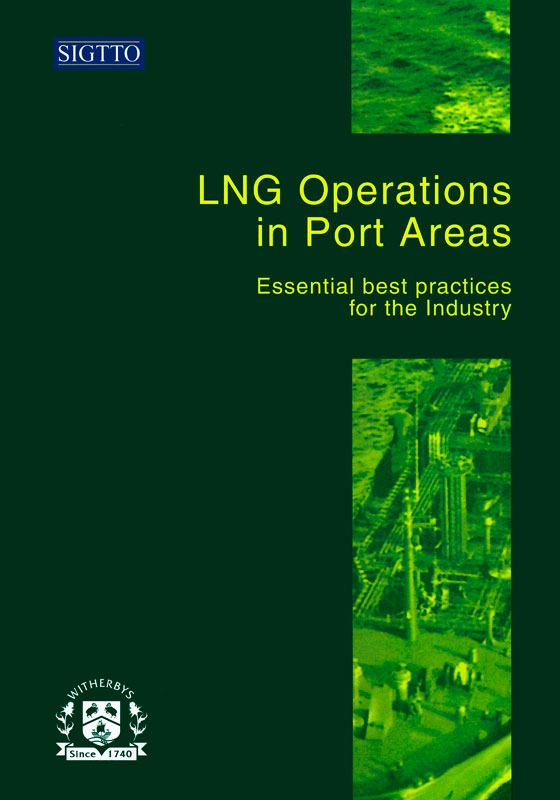LNG Operations in Port Areas. Essential best practices for the Industry
Мы не можем гарантировать его наличие и поступление на наш склад по указанной цене
Издание на английском языке.
The document draws heavily on SIGTTO’s Information Paper 14 (Site Selection and Design for LNG Ports and Jetties), first published in 1997. Information Paper 14 expounds a doctrine of protective location for gas terminals, arguing for the elimination of major risk elements by locating gas operations in places where they will not be exposed to uncontrolled threats from outside their own operating environments. Under this doctrine operational risks are removed from the operational milieu of gas shipping (by informed selection of locations). Such risks as then remain are assessed and afterwards addressed by the implementation of procedures derived specifically from the risk assessment. Hence gas shipping operations are to be managed within tolerable limits - i.e. residual risk exposures are reduced to manageable proportions. fhe guidance offered in this document recognises also the dynamic nature of operating environments and the fact that risk profiles change over time. Hence residual risk exposures may also change and therefore require reassessment, together with concomitant adjustments to the operational procedures devised to suppress them. Operators therefore have a need for both a systematic assessment of operating risk and a range of risk reduction measures that can be tailored to be effective in specific situations. The guidance offered in this document aims to satisfy both needs. Nevertheless change in operational risk profiles may not always be manageable solely by gas businesses adjusting their operating procedures. In many situations the co-operation of port administrations and service providers will be required to achieve the required degree of safety. This will be especially true of risks arising from the movement of gas tankers in port areas and from other activities conducted in the vicinity of gas tankers and terminals, including the movement of other ships. This document therefore addresses also the issue of relations with the providers of port services, other port users and the wider social community of the port.
Contents
Introduction
1. Hazards of LNG Operations
1.1 Safety Critical Properties of LNG
1.2 Containment Systems for LNG
1.3 Resistance of Gas Tankers to Collision and Grounding Impacts
1.4 Characteristics of Gas Releases to the Atmosphere
1.5 Consequences of Ingress from the Sea
Bibliography
2. Risk Assessment
2.1 QRA Methodology
2.2 Special Areas for Performing a QRA of LNG Port Operations
2.3 Summary of General Considerations
Bibliography
3. Managing Tanker Transits
3.1 Anchorages
3.2 Approach Channels
3.3 Turning Basins
3.4 Operational Management of Tanker Transits
3.5 Special Defensive Procedures
Bibliography
4. Terminal Site Selection
4.1 Elementary Criteria
4.2 Terminal Operations (Basis of Design)
4.3 Port Operations (Manoeuvres)
4.4 External Threats (Protective Location)
4.5 Port Development
Bibliography
5. Managing Gas Transfer Operations
5.1 The Elements of Interface Security
5.2 Effective Mooring
5.3 Cargo Transfer Systems (Emergency Shut Down - ESD)
5.4 Jetty Operations and Control
5.5 Protection from External Threats
Bibliography
6. Managing Relations with Port Authorities and Other Stakeholders
6.1 Contingency Planning
6.2 Local Partnerships
6.3 Apell
6.4 Managing the LNG Risk - “Successful” to “Significant”
Bibliography




